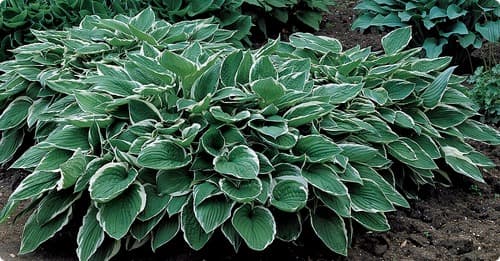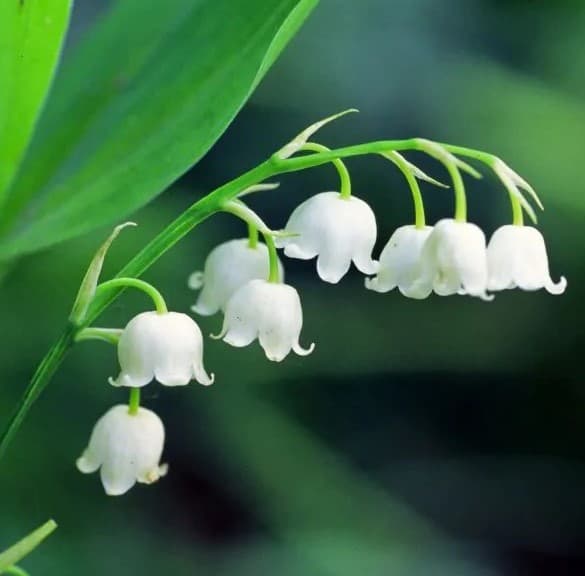Creating a Shade Garden Environment

How to Create a Shade Garden
If your yard has any areas with little or no sunlight, there’s no cause for dismay. Many plants thrive in low light conditions. Creating a shade garden environment is very much the opposite of a sunny garden environment. Homeowners and gardeners searching for plants to grow in the shade should first take a little time to learn the growing conditions required by shade-loving plants. Armed with this knowledge, adjustments to the environment are sometimes needed, to assist your shade plants in growing healthy and strong.
When we think about deep, heavily shaded woodlands, we realize that the native forest floor has a dense layer of organic matter. The soil is also likely moist at all times. Air circulation could be absent. You can provide these conditions to your backyard environment, to improve the success of your shade garden.

The Elements of a Shade Garden Environment
Lighting: There isn’t one type of shade. There’s heavy shade, partial shade, medium shade, and everything in between. Unless you want (and are able) to change the lighting conditions, select plants for the lighting conditions of your yard. You may be able to change the lighting conditions immediately or over time. Light can be added by cutting branches or trees, or by removing or thinning a shrub. Conversely, you can add shade by planting a tree or tall-growing shrub. It usually takes time to add shade.
Soil condition: pH levels preferred by shade-loving plants are often more alkaline than those in your sunbathed flower and vegetable gardens. Thinking again about the forest floor, the dense layer of rich organic matter may be absent in your yard. Adding ample amounts of compost and humus will reap big rewards.
Moisture: Deep in the woods, it’s often damp, and the soil is usually (but not always moist). You may need to water frequently if your soil is poor, or if the heavy leaf cover doesn’t allow rainfall to penetrate to where you’ve placed your shade plants. In addition, moisture remains on the leaves of plants longer where the sun doesn’t shine. Moisture on the leaves can promote molds and fungus disease. We recommend watering at ground level, or use of soaker hoses.
Air Circulation: Air circulation can be absent. This again promotes plant disease. Conversely, there could be little protection from high winds and resulting in damaging delicate plants. A windbreak may be needed.
Related Articles
People who read this article will also like:
Please support our site. Shop for:
- rmmatthews100@hotmail.com
- 585-721-6528
- Rochester, NY
©1999-2024 GardenersNet.Com, All Rights Reserved

